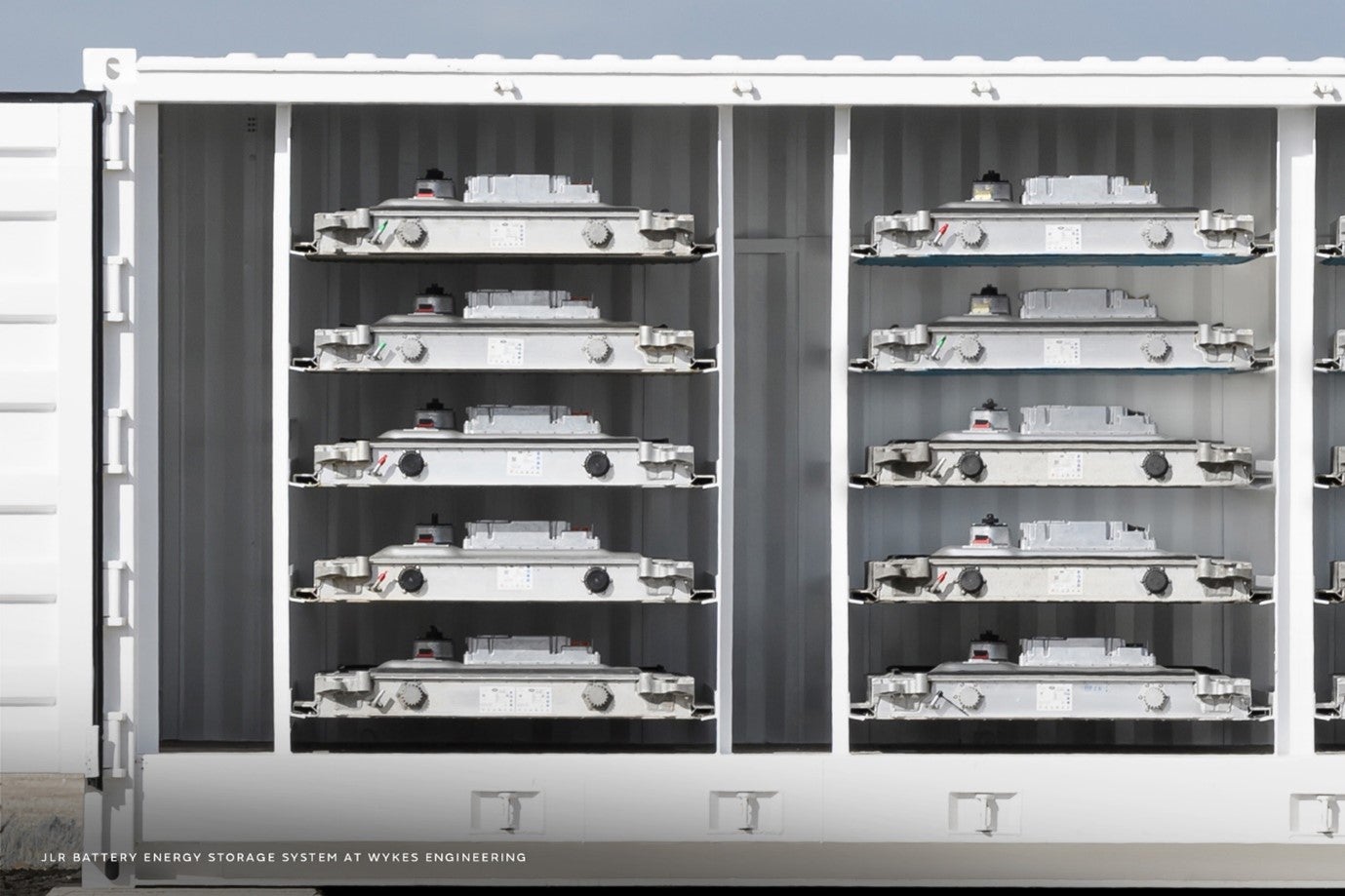
Jaguar Land Rover (JLR) and Wykes Engineering have partnered to develop an energy storage system (ESS) using repurposed Jaguar I-PACE batteries.
Wykes Engineering uses 30 second-life I-PACE batteries to create a battery energy storage system (BESS) with a 2.5MWh storage capacity.
JLR has planned to provide enough batteries to increase energy storage capability to 7.5MWh by the end of the year.
The batteries are sourced from prototype and engineering test vehicles.
Each BESS not only contributes energy to the National Grid during peak demand hours but also efficiently draws and stores excess power during off-peak periods.
JLR’s second-life batteries maintain 70-80% residual capacity after being deemed unfit for electric vehicles. The company said the projected supply for use in stationary applications could exceed 200 gigawatt-hours annually by 2030, potentially creating global value over US$30bn.

US Tariffs are shifting - will you react or anticipate?
Don’t let policy changes catch you off guard. Stay proactive with real-time data and expert analysis.
By GlobalData“Using the 70-80% residual capacity in EV batteries, before being recycled, demonstrates full adoption of circularity principles,” said JLR Executive Director for Strategy and Sustainability François Dossa.
“One of the major benefits of the system we’ve developed is that the containers are connected to the Grid in such a way that they can absorb solar energy, that could otherwise be lost when the grid reaches capacity. This excess energy can now be stored in the second life I-PACE batteries and discharged later. This allows us to ‘overplant’ the solar park and maximise the amount of power we generate for the area of land we are using,” said David Wykes, Managing Director of Wykes Engineering.



